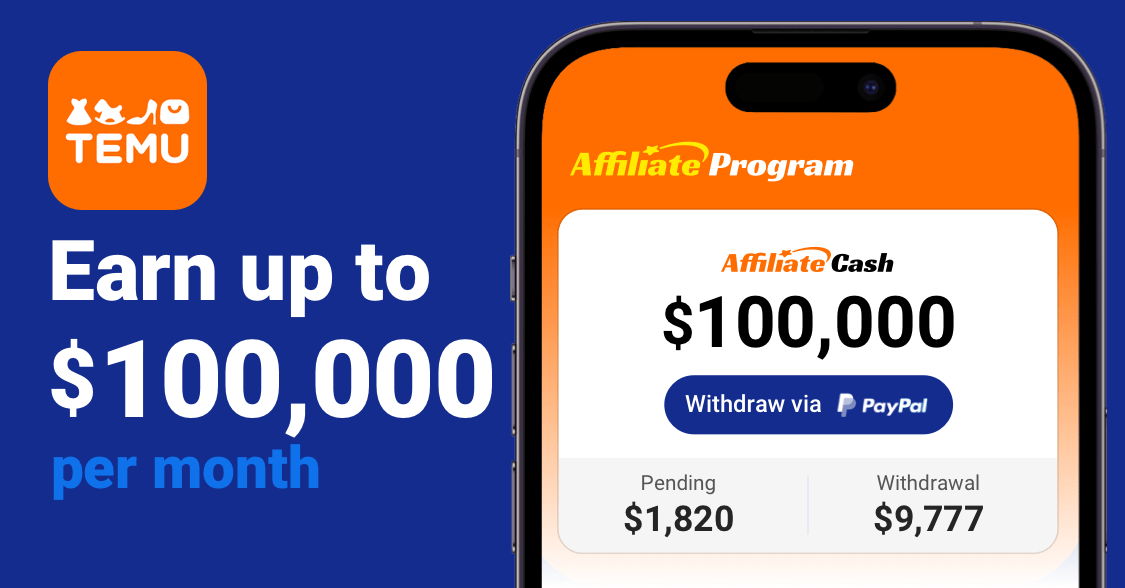This article references eating disorders and ‘pro-anorexia’ content.
TikTok has blocked searches for ‘SkinnyTok’, citing concerns that the hashtag is linked to “unhealthy weight loss content.” Now, users searching for this content will be redirected towards eating disorder and mental health resources.
Tom Quinn, from the eating disorder charity, Beat, has welcomed the change, noting the “devastating” impact this content can have on people who are already struggling with their mental health. However, he cautioned, “We know that people will often find workarounds to content blocks and there will still be damaging content that isn’t under the ‘skinnytok’ hashtag.”
#SkinnyTok is nothing new. Back in the 1990s, ‘pro-ana’ websites that promoted serious eating disorders like anorexia were easily accessible, and preyed on vulnerable young people seeking acceptance, belonging and direction. Kids like me, who were already grappling with their body image. I recall visiting these sites daily, finding myself hopelessly lacking when I compared my average, albeit sporty, physique to the emaciated and revered ‘thinspirational’ figures staring back at me. Picture after picture of skeletal girls declaring war against their bodies, accompanied by an overflow of dangerous tips and techniques on how to defy your hunger and lose as much weight as possible. Users celebrated anorexia as a lifestyle choice, whilst their illness slowly extinguished the life in them. Now, as a qualified psychologist specialising in eating disorders, I recognise how this type of cognitive distortion is both a symptom of anorexia and a perpetuating factor of it.
The new face of diet culture
Pro-ana websites were never banned in a legal sense, but major social media platforms started to crack down on content that glorifies eating disorders around a decade ago, recognising it under the umbrella of self-harm content. But that didn’t stop pro-ana communities continuing to operate incognito, and now diet culture has a new face: SkinnyTok.
SkinnyTok refers to a wave of reels, trends, and groups that promote thinness, often in the form of ‘what I eat in a day’ videos, dieting, exercise, and appearance-oriented content. Hand in hand with the rapid rise of equally problematic GLP-1 weight loss injections, it has contributed to the resurgence of deeply ingrained cultural beliefs and misinformation about what it means to have an acceptable and healthy body. And, as I’ve found, once you’ve found yourself in the echo chamber that is SkinnyTok, it is hard to get out. That’s part of the reason it gained such huge traction.
Content that plays on people’s insecurities, evokes strong emotion, or is aspirational harvests enormous amounts of attention and that attention is extremely profitable. Once you are in the algorithmic clutches of SkinnyTok, your health and well-being as the consumer is purely collateral damage. These trends tend to grow way faster than policymakers can shut them down, and, unlike blatant pro-ana promotion, thin-ideal beauty content of this nature frequently falls into a grey area ethically, masquerading as ‘healthy lifestyle’ or even ‘self-care’.
So how do you protect yourself from the harms of SkinnyTok?
Fortunately, there are several things you can do to reduce your exposure to SkinnyTok and foster a positive body image for both yourself and your kids, if you have them.
Social media audit
Curating your social media feeds is the most direct way to ensure that your contact with harmful body image content online is minimised. There are a few ways to do this:









